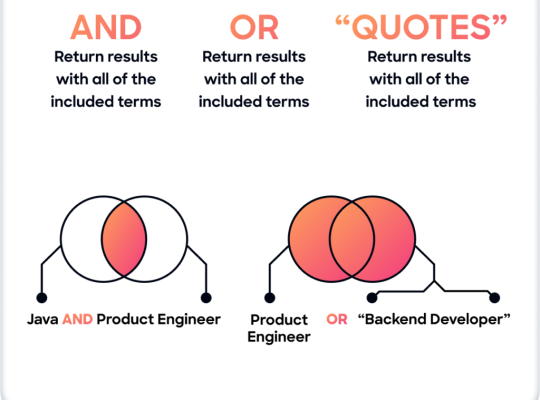Recruiters are under pressure. Thousands of applicants for each vacancy, a flood of AI-written CVs, and hiring managers demanding quick shortlists. To cope, many employers have doubled down on Applicant Tracking Systems (ATS) and, more recently, anti-AI detection tools to filter submissions. Understanding exactly what these systems do — and how to design a CV that passes — is essential in today’s job market.
What an ATS Really Does
- Parsing & Storage: ATS software takes the text from your CV and breaks it into fields (job titles, skills, dates, employers).
- Keyword Matching: It compares that content against the job description to rank candidates. If the keywords don’t align, your CV never gets seen by a human.
- Ranking & Filtering: Recruiters receive a short list of candidates scored by “fit,” meaning a CV with the right keyword density and structure ranks higher.
This means CV formatting, keyword choice, and clarity aren’t cosmetic — they directly decide whether you’re even considered.
What Anti-AI Checking Tools Do
Many candidates assume anti-AI checks are just plagiarism detectors. They are not.
- Plagiarism Checkers: Compare your CV to other documents on the web to see if it’s copied.
- AI Detection Tools: Use linguistic algorithms to score whether text was likely generated by AI (ChatGPT, etc.). They look for statistical “fingerprints” — repetitive phrasing, unnatural structure, uniform sentence length.
- Hybrid Screening: Some recruitment systems now layer plagiarism + AI checks on top of ATS parsing, flagging CVs that look “machine-written.”
For candidates, this means simply “de-plagiarising” isn’t enough. A CV that reads like it was auto-generated may be rejected even if it isn’t copied.
Why Employers Care
- Authenticity: Hiring teams want evidence of your unique experience, not generic AI-fluff.
- Reputation Risk: Companies fear being tricked into hiring someone who cannot back up their CV in interview.
- Compliance: Certain regulated sectors (finance, legal, government) are under pressure to demonstrate fair hiring and prevent manipulation.
How to Navigate These Filters
1. Customise Every CV
Generic templates are easy for AI-detectors to flag. Tailor content to each role — specific skills, relevant achievements, and sector-language that matches the vacancy.
2. Balance Keywords With Natural Language
ATS requires alignment with the job description, but avoid over-stuffing keywords in a robotic way. Blend them naturally into sentences.
3. Show Human Variation
AI detection tools look for uniform sentence structures. Mix up your phrasing. Use varied lead-ins (Responsible for / Accountable for / Delivered / Led). This mimics natural human writing patterns.
4. Anchor With Concrete Evidence
Include project names, budgets, teams, locations, or tools you’ve actually used. This level of specificity is hard for AI to fake and reassures both ATS and recruiters.
5. Use Professional CV Support
A professional writer can “de-AI” your CV properly: embedding keywords, varying language, and presenting your achievements in a way that’s authentic, ATS-compliant, and future-proof.
The TCE View
Yes, some anti-AI checks behave like plagiarism software. But in practice, the risk isn’t that you’ve “copied” someone else’s CV — it’s that your CV reads like an AI tool produced it. Employers want a document that proves you bring value, not one that looks like it came from a chatbot.
The answer isn’t panic — it’s professional, customised CVs that combine keyword alignment with authentic human tone. This is what makes the difference between being flagged as “AI-written” and being shortlisted as a serious candidate.
Conclusion
ATS and anti-AI filters aren’t going away. They are now a permanent part of the digital recruitment circuit. But candidates who understand how these systems work — and how to structure content with the right balance of keywords, variety, and authenticity — gain a decisive advantage.
At The Career Experts, we don’t just write CVs. We engineer documents to pass ATS parsing, neutralise AI-detection risk, and resonate with human recruiters. That’s how you get your CV read, ranked, and remembered.






